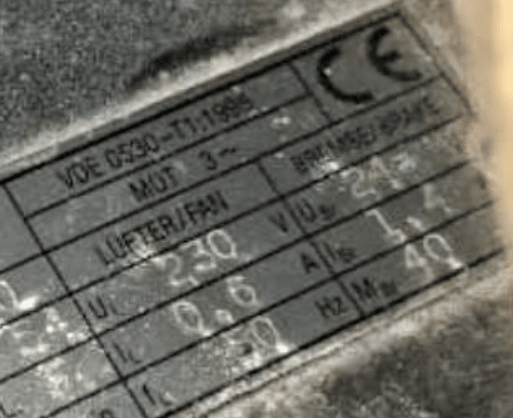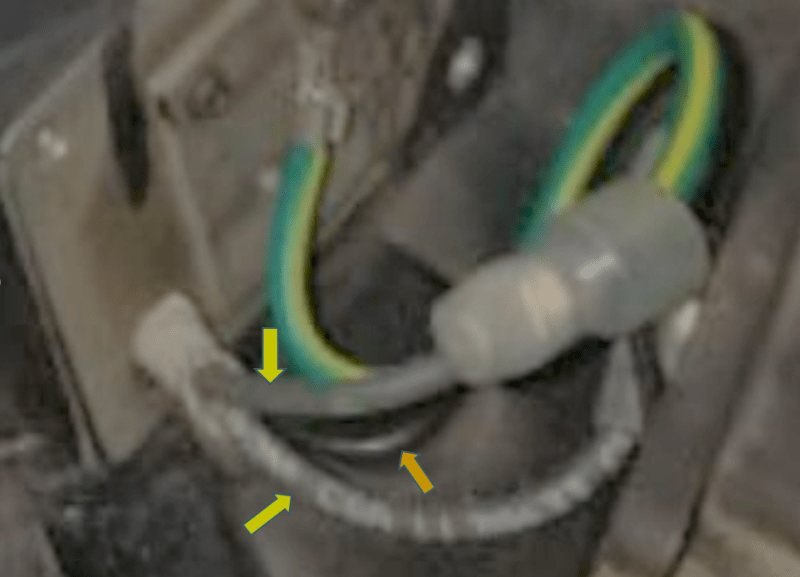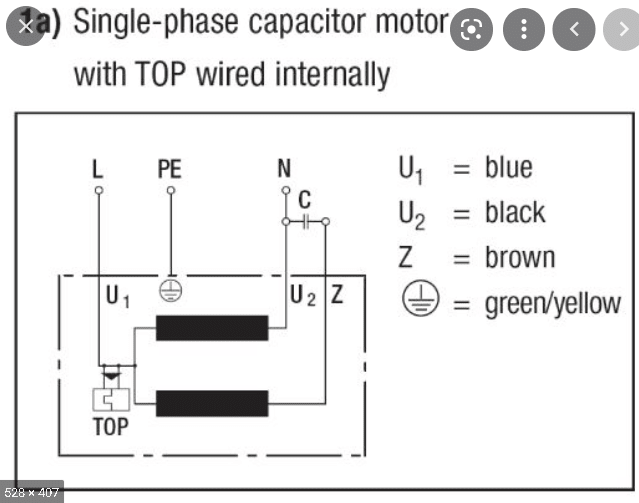flexoprinting
Electrical
Hello Folks
We let the smoke out of a 230V Drive cooling fan motor, one leg is neutral the other 230VAC for a Heidelberg printing press . Sent it out for rewinding and it came back looking really nice however when I energized it, no joy! It just hummed and I felt resistance while nudging it in either direction, it behaves like the fields are working against each other, otherwise while not energized manually it spins real nice. Should we have made ourselves more clear about it being a European motor? Could they possibly have wound it differently assuming it was a NEC application where the two legs are hot and this might require a different winding configuration then one leg hot?
Chuck
We let the smoke out of a 230V Drive cooling fan motor, one leg is neutral the other 230VAC for a Heidelberg printing press . Sent it out for rewinding and it came back looking really nice however when I energized it, no joy! It just hummed and I felt resistance while nudging it in either direction, it behaves like the fields are working against each other, otherwise while not energized manually it spins real nice. Should we have made ourselves more clear about it being a European motor? Could they possibly have wound it differently assuming it was a NEC application where the two legs are hot and this might require a different winding configuration then one leg hot?
Chuck

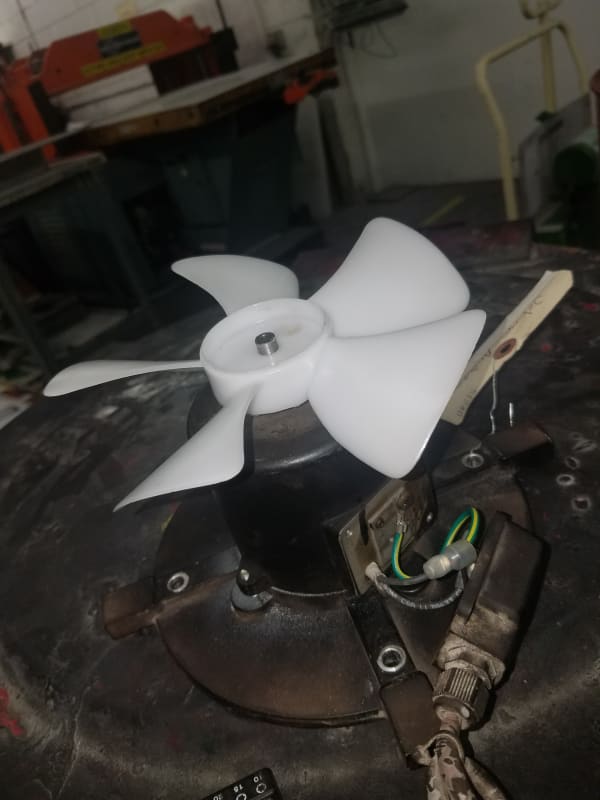
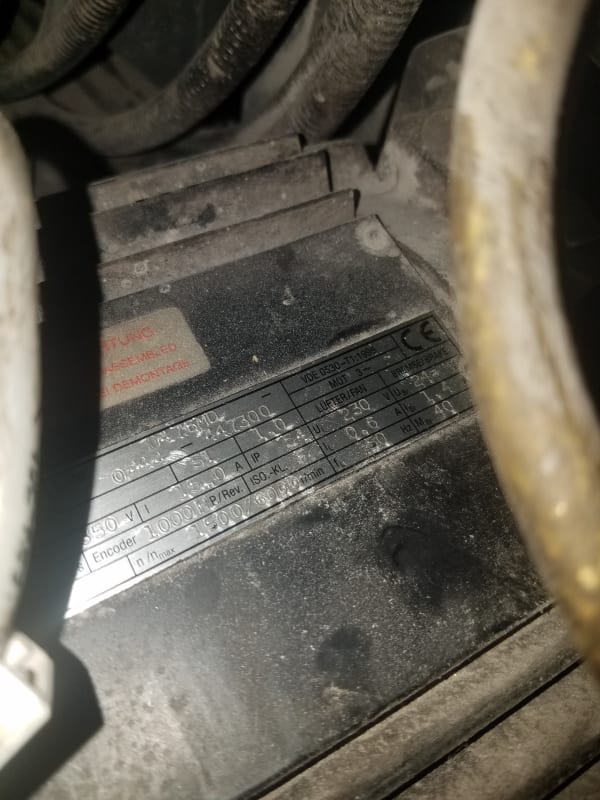
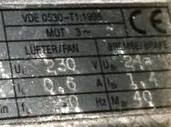
![[ponder] [ponder] [ponder]](/data/assets/smilies/ponder.gif)
